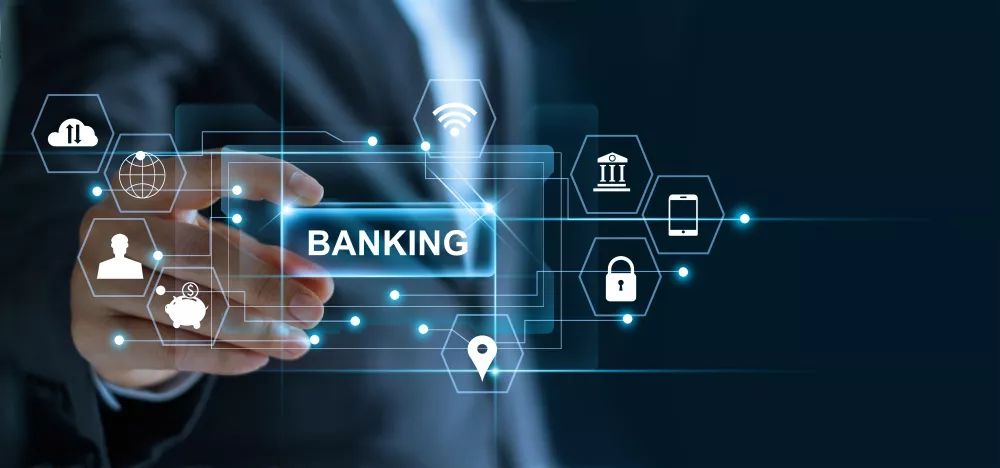Artificial Intelligence, that is AI, has already been a revolutionary technology and is going to play a more important role in foreseeable future. Recent researches find that, AI, which is based on neural net and deep learning method, can produce a potential value of around 3500 to 5800 billion US dollar, accounting for about 40% of the total value which analysis techniques can provide (McKinsey 2018).
AI may have the biggest potential in marketing and sales, supply chain management and manufacture. This is because these industries usually have a high frequency of interaction with their customers, resulting in providing large amount data that can be used by AI. For example, E-commerce companies can obtain customer information by directly observing their customers’ behavior when visiting the websites. Based on that they can provide personal pricing and recommendation strategies. Companies can also use AI to improve their working process and adjust their production and supply chain operation, minimizing the use of raw materials and utilities and decreasing the total operating cost by 5% – 10% (McKinsey 2018).
Many investors have seen the opportunities and keep investing in AI, stimulating this technology to go further. This indicates that more potential will be released in near future. However, so far only a few pioneers have the capability to truly utilize AI. According to Mckinsey (2018), only 20% can apply it in their core business. Most corporate still have the problem of lacking talents and complete procedure to maintain the database.
AI itself also has some disadvantages. There may exist some invisible mistakes. AI provides it answers by self-study, but this is not always perfect. Since some AI models are not apparent, they may hide the true mistake. Take auto-driving as an example, the models are keeping improving since the training data is increasing, but people still find mistakes in the algorithm, and sometimes the mistakes are found at the sacrifice of serious accidents.
People should also be aware of the lack of their own skills, judgment and comprehension when enjoying the benefits provided by AI. One engineer in Silicon Valley said that the use of AI made his team not invest too much to think carefully. It is really dangerous for a team if they don’t pay time to understand the basic elements and stimulus for their business.
And the problem of discrimination caused by AI cannot be ignored. Because historical data is used to train the model, and the model will naturally reflect the bias in the data. For example, in loan approval, race and gender may be considered by AI algorithm, but people using AI may not be able to detect such discrimination.
It remains to be seen how AI will develop and benefit human beings.
Reference
McKinsey, 2018. Notes from the AI frontier: Modeling the impact of AI on the world economy, viewed 7 October 2020,
Kaja Polachowska, 2019. 12 challenges of AI adoption, viewed 7 October 2020,
Ting Li, Stefan van Duin, 2020. Challenges and opportunities of AI sources, online video, YouTube, viewed 7 October 2020, .


